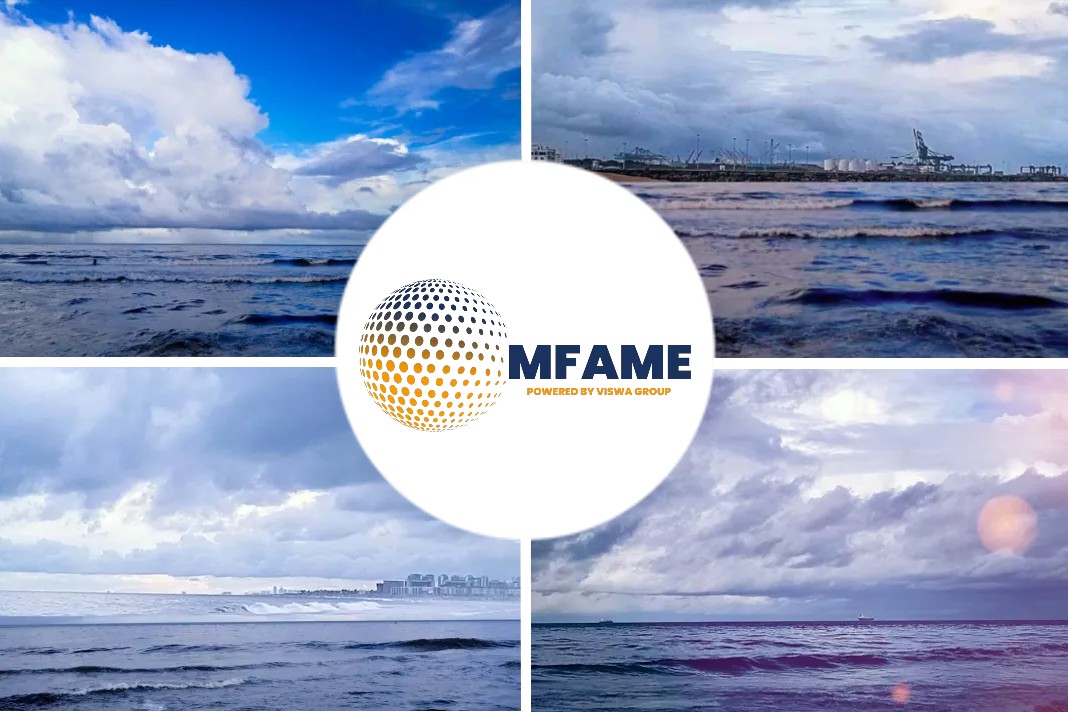
Solstad Offshore’s construction vessel has managed to save “considerable amounts” of fuel and reduce emissions on its way home from a project in West Africa, the Norwegian company reported, says an article published on Offshore Energy.
Normand Vision
The 157-meter-long Normand Vision managed to save 150 tons of fuel on the transit, Solstad said, adding that it was possible through cooperation with long-term key client Ocean Installer, good planning and pro-active crew and onshore management.
According to the Norwegian company, 150 tons of fuel has an approximate cost of NOK 1.5 million (about €127,800) and equals about 480 tons of CO2, the same as the annual emissions from 200 fossil passenger cars.
By taking weather and sea conditions into consideration, the team was able to find an optimal average speed of 9.7 knots for the 5000 nautical mile route, with the speed being as low as 8 knots at some parts of the transit.
An estimated saving of 25 per cent was obtained compared to what was originally planned and what is the industry standard for this kind of operation, Solstad stated.
Solstad introduced Solstad Green Operations back in 2010 focusing on simple operational measures that the crew can do on a daily basis to reduce emissions. For 2023, the company is focusing on the use of slow steaming whenever possible, especially on long transits to and from West Africa, America, and Asia/Australia.
“Sometimes we can experience some challenges in combining projects and operations with slow steaming but surprisingly often we see that this can be done without significant deviation in the operational plans and, at the same time, give considerable emission savings,” Tor Inge Dale, Chief Sustainability Officer at Solstad.
Last year, another construction support vessel, Normand Ocean, started saving more than 25 per cent on fuel following the installation of a battery and shore power system.
Earlier this year, Solstad reported it had achieved “incredible” success as its platform supply vessel (PSV) Normand Leader had saved 29 per cent of emissions and fuel consumption compared to a normal transit.
Did you subscribe to our daily Newsletter?
It’s Free! Click here to Subscribe
Source: Offshore Energy


















